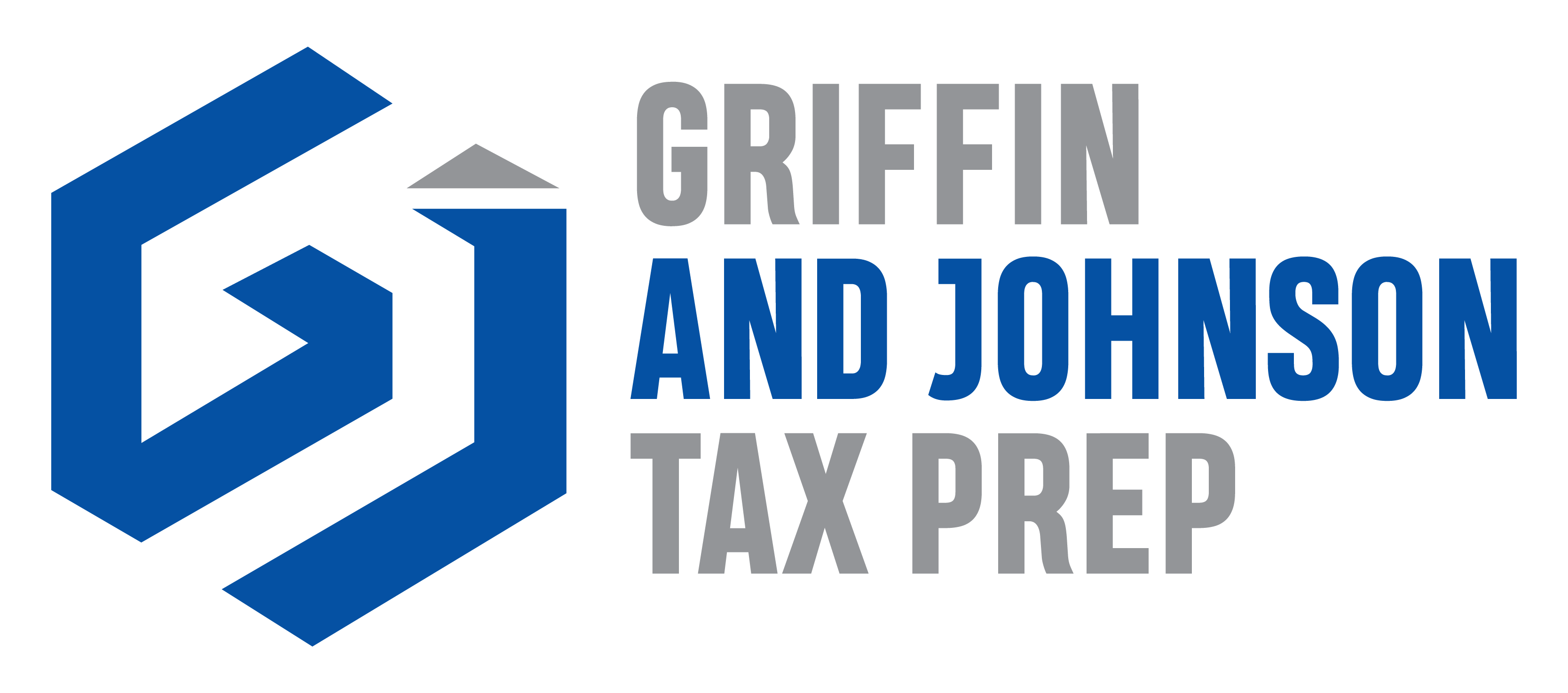Understanding Debt and Its Impacts
Debt is a common financial burden that many individuals face in their lifetime. Whether it arises from educational loans, mortgages, credit cards, or unforeseen expenses, the stress associated with high levels of debt can have significant long-term effects on one’s financial and emotional well-being. The key to managing and ultimately eliminating debt lies in implementing effective strategies tailored to one’s personal financial situation. This article explores five actionable strategies to not only eliminate debt but also prevent its return.
1. Creating a Comprehensive Budget
Assess Your Financial Situation
The first step toward debt elimination is creating a comprehensive and realistic budget. Start by listing your monthly income sources, including salary, dividends, and any other forms of income. Next, track your expenses. Understand where your money goes each month, including fixed obligations such as mortgage or rent and variable expenses such as groceries and entertainment.
Identify Areas for Adjustment
Analyze your spending to identify areas where you can cut back. Small changes, such as dining out less frequently or canceling unused subscriptions, can add up to significant savings over time. Allocating these savings towards paying down debt can accelerate your path to financial freedom.
2. Implementing the Debt Snowball or Avalanche Methods
Debt Snowball Method
The debt snowball method involves paying off debts from the smallest to the largest amount. This psychological approach gives you quick wins, which can motivate you to continue paying down larger debts.
Debt Avalanche Method
Alternatively, the debt avalanche method prioritizes debts with the highest interest rates. By tackling these first, you can save on the total interest paid, making it a financially efficient strategy. The choice between the snowball and avalanche method depends on your personal preference and what will keep you motivated.
3. Negotiating with Creditors
Do not underestimate the power of negotiation. Contact your creditors to see if they offer hardship programs or can reduce your interest rates. For credit cards, an improved interest rate can substantially decrease the amount of time and money it takes to pay off the balance. In some cases, consolidation of debts into a single loan with a lower interest rate can also be beneficial.
4. Increasing Income
Seek Additional Employment
Taking on a part-time job or freelancing can provide extra income which can be directed towards your debts. This approach not only helps clear debt but also diversifies your income streams, providing further financial security.
Explore Passive Income Streams
Consider developing passive income streams. This might include rental income, stock dividends, or creating digital products that generate ongoing revenue. Additional income sources can relieve financial pressure and expedite the debt repayment process.
5. Embracing Financial Education and Behavioral Change
Enhance Your Financial Literacy
Invest time in understanding financial concepts and money management strategies. Educating yourself about investment, interest, inflation, and taxes will aid in making informed decisions that prevent accumulating debt in the future.
Maintain Financial Discipline
Long-term financial health requires consistent discipline. Adhere to your budget, avoid impulsive purchases, and make a habit of saving a portion of every paycheck. Setting up an emergency fund is crucial; it can cover unexpected expenses without the need to go into debt again.
Conclusion
Eliminating and preventing the return of debt demands a well-thought-out approach tailored to individual financial situations. By understanding your spending habits, using effective debt payment strategies, negotiating with creditors, increasing your income sources, and improving financial literacy and discipline, you can achieve and maintain a debt-free life. Remember, the journey to becoming debt-free is a marathon, not a sprint, requiring dedication and adjustments along the way.
Unlock EXPERT Tax Services: Explore how we MAXIMIZE your taxes!





